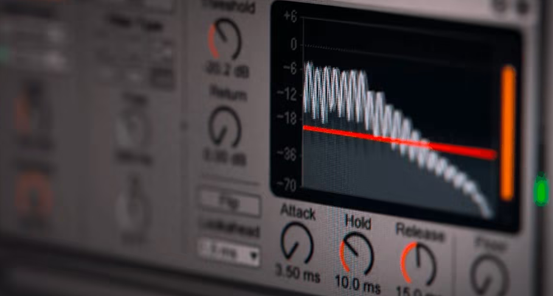In the realm of digital audio, bitrate is a
fundamental concept that profoundly influences the quality and size of audio
files. Whether you're streaming music online, producing podcasts, or encoding
audio for various applications, understanding audio bitrate is essential for
achieving optimal sound reproduction and file efficiency. In this article,
we'll delve into the intricacies of audio bitrate, its significance, and how it
affects your listening experience.
What is Audio
Bitrate?
Audio bitrate refers to the amount of data
transmitted or processed per unit of time in an audio file. It is measured in
kilobits per second (kbps) and represents the rate at which digital audio is
encoded or compressed. Essentially, bitrate determines the level of detail and
fidelity in the audio signal, with higher bitrates generally resulting in
better audio quality but larger file sizes.

Importance of
Audio Bitrate
1. Audio
Quality:
The bitrate directly impacts the fidelity
and clarity of audio reproduction. Higher bitrates preserve more details and
nuances in the audio waveform, resulting in richer sound quality with greater
depth and dynamics. Conversely, lower bitrates may lead to loss of audio
information, resulting in compression artifacts, distortion, and reduced
clarity, especially in complex musical passages or vocal recordings.
2. File Size
and Compression:
Bitrate significantly influences the size
of audio files, particularly in compressed formats such as MP3, AAC, and OGG.
Higher bitrates yield larger files due to the increased amount of data required
to encode audio at a higher quality level. Conversely, lower bitrates result in
smaller file sizes but may sacrifice audio quality and fidelity. Finding the
right balance between audio quality and file size is crucial, especially for
streaming, storage, and bandwidth considerations.
3. Streaming
and Bandwidth:
For streaming services and online
platforms, audio bitrate plays a pivotal role in delivering a seamless and
immersive listening experience to users. Streaming audio at higher bitrates
ensures superior audio quality and fidelity, enhancing user satisfaction and
engagement. However, higher bitrates also require more bandwidth and data
transfer capacity, which may pose challenges for users with limited internet
connections or mobile data plans.
Impact of Audio
Bitrate on Different Formats
1. Lossy
Compression Formats:
Lossy compression formats such as MP3, AAC,
and WMA utilize perceptual coding techniques to reduce file sizes while
maintaining acceptable audio quality. Users can adjust the bitrate settings to
balance between file size and audio fidelity. Higher bitrates (e.g., 320 kbps)
offer near-CD quality audio, while lower bitrates (e.g., 128 kbps) prioritize
smaller file sizes but may exhibit noticeable compression artifacts.
2. Lossless
Compression Formats:
Lossless audio formats like FLAC (Free
Lossless Audio Codec) and ALAC (Apple Lossless Audio Codec) preserve audio
quality without any loss of data during compression. These formats typically
use higher bitrates to retain the original audio fidelity, making them ideal
for audiophiles and professionals who prioritize uncompromised sound quality.
Conclusion
In conclusion, audio bitrate is a
fundamental aspect of digital audio encoding and compression that profoundly
influences audio quality, file size, and streaming performance. By
understanding the significance of bitrate and its impact on different audio
formats and applications, you can make informed decisions when encoding,
streaming, or consuming audio content. Whether you're enjoying your favorite
music tracks, producing podcasts, or delivering audio streams to your audience,
optimizing bitrate settings ensures an immersive and enjoyable listening
experience that resonates with your audience's preferences and expectations.
